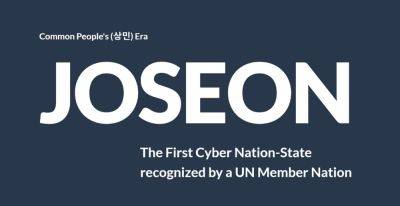Rise of Ethereum staking came at cost of higher centralization — JPMorgan
The rise of Ethereum staking since major network upgrades, the Merge and Shanghai, has come at the cost of higher centralization and lower staking yields, a new report by JPMorgan said.
JPMorgan analysts, led by senior managing director Nikolaos Panigirtzoglou, issued a new investor note on Oct. 5, warning about the risks stemming from Ethereum’s growing centralization.
The top five liquid staking providers: Lido, Coinbase, Figment, Binance and Kraken, control over 50% of staking on the Ethereum network, JPMorgan analysts noted in the report, adding that Lido alone accounts for almost one-third.
The analysts mentioned that the crypto community has seen the decentralized liquid staking platform Lido as a better alternative to centralized staking platforms associated with centralized exchanges like Coinbase or Binance. However, in practice, “even decentralized liquid staking platforms involve a high degree of centralization,” JPMorgan’s report said, adding that a single Lido node operator accounts for more than 7,000 validator sets or 230,000 Ether (ETH).
These node operators get selected by Lido’s decentralized autonomous organization (DAO), which is controlled by a few wallet addresses, “making Lido’s platform rather centralized in its decision making,” the analysts wrote. The report mentioned a case when Lido’s DAO rejected a proposal to cap the staking share at 22% of Ethereum’s overall staking to avoid centralization.
“Lido didn’t participate in the initiatives as its DAO rejected the proposal by an overwhelming majority of 99%,” JPMorgan analysts wrote, adding:
Apart from higher centralization, post-Merge Ethereum is also associated with an overall staking yield decline, JPMorgan noted. The standard block rewards declined
Read more on cointelegraph.com






















